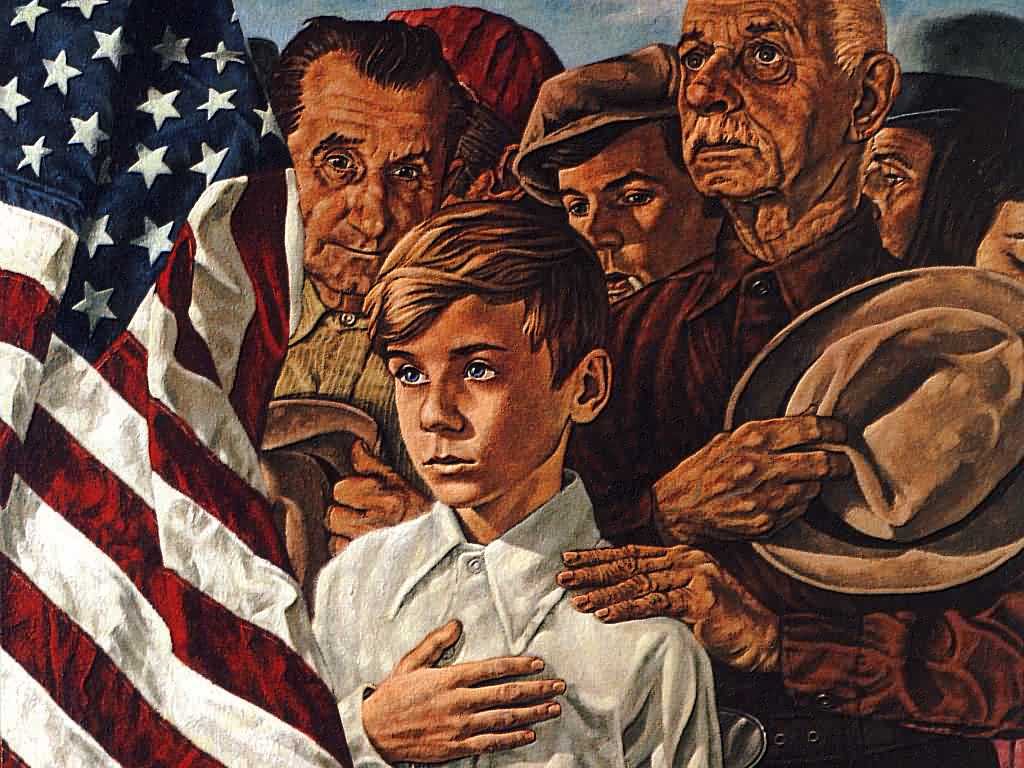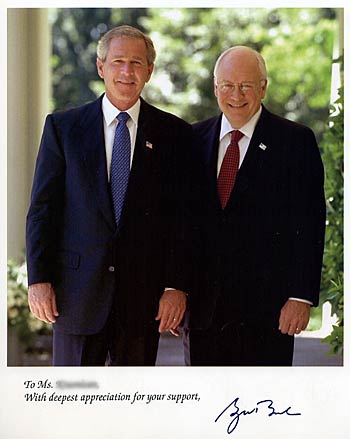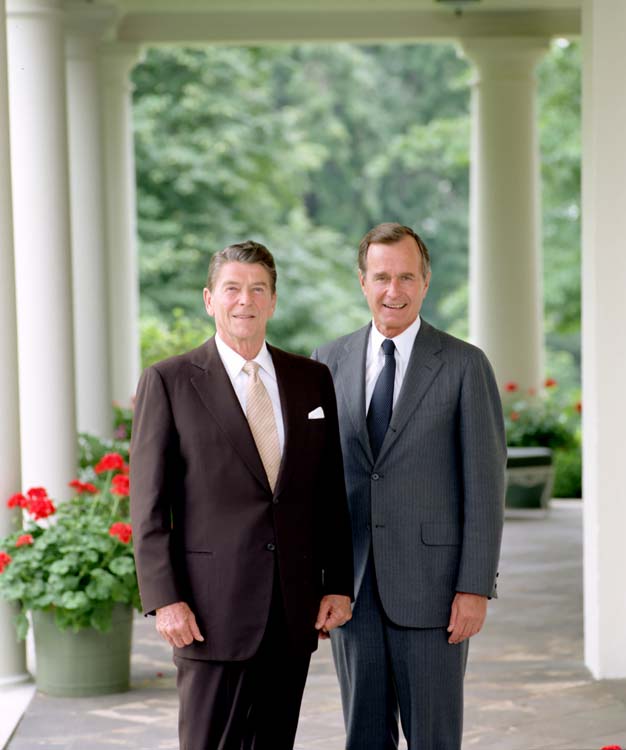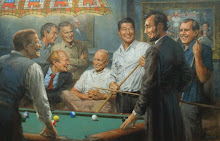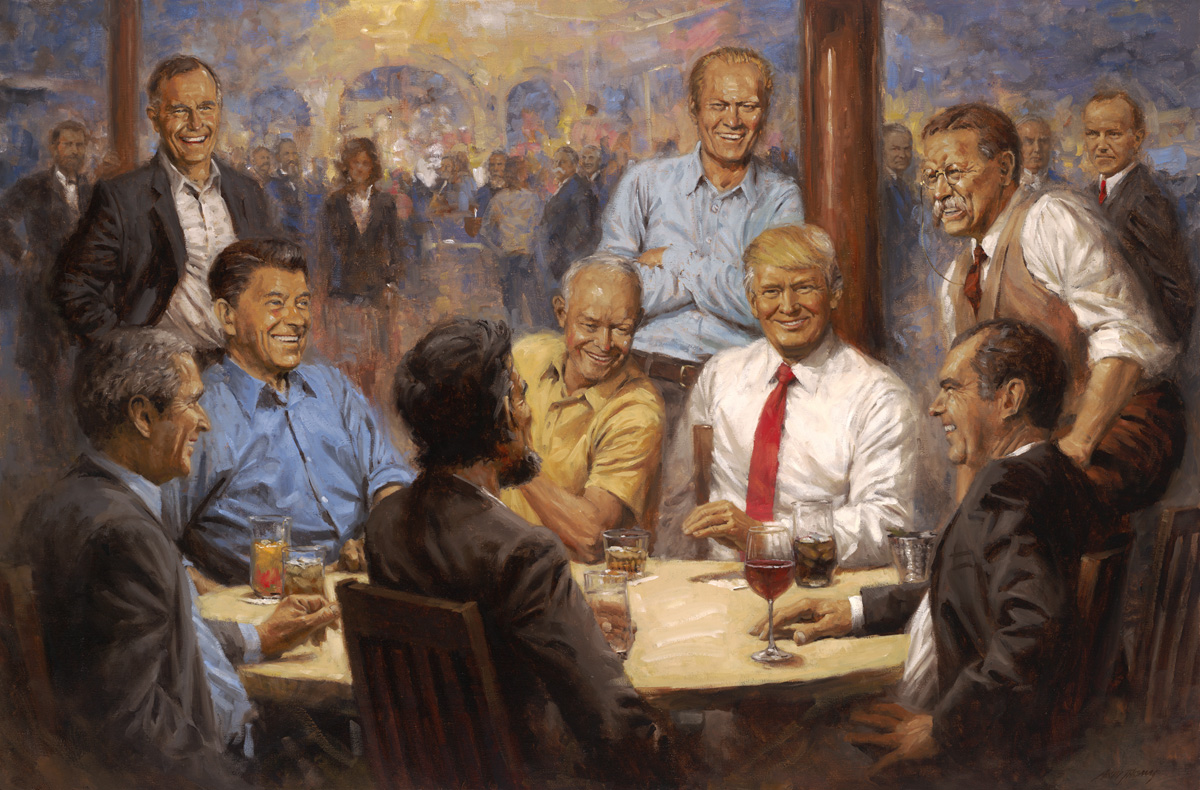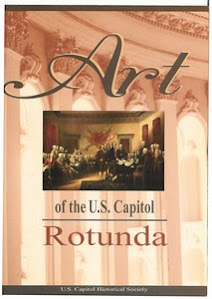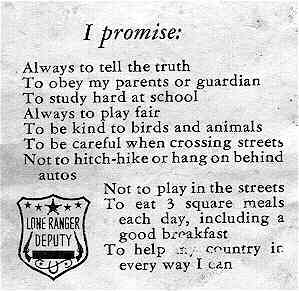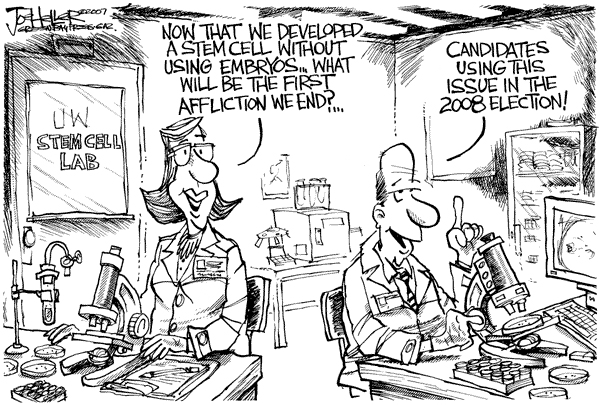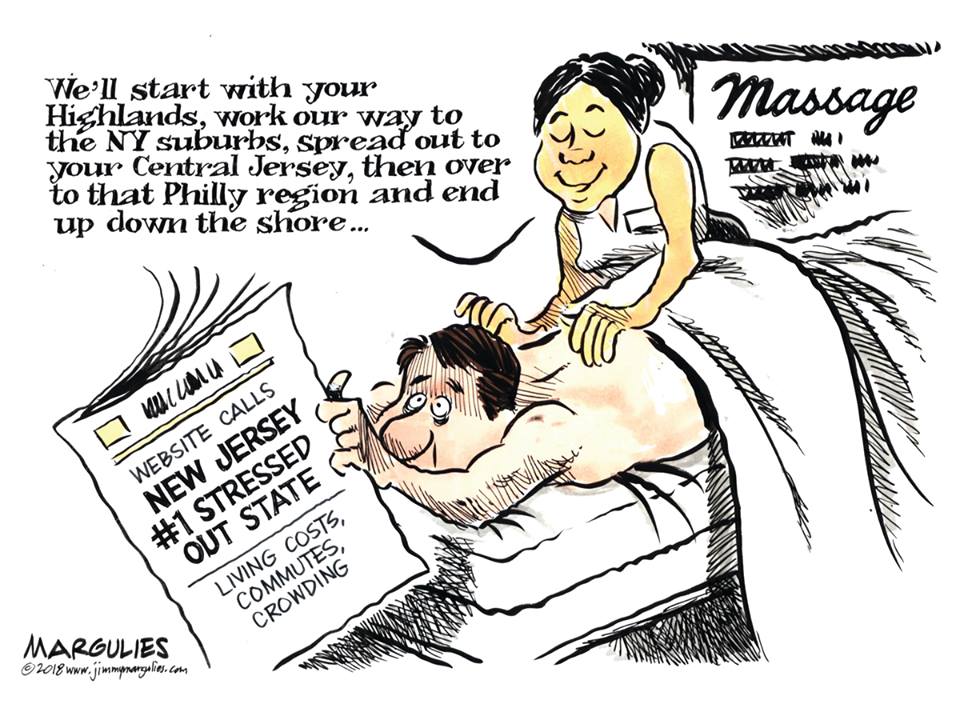Source: https://www.inquirer.com/columnists/floyd-protest-center-city-philadelphia-lootings-52nd-street-walnut-chestnut-street-20200601.html
June 2, 2020
Editor’s Note: A headline published in Tuesday’s Inquirer was offensive, inappropriate and we should not have printed it. We deeply regret that we did. We also know that an apology on its own is not sufficient. We need to do better. We’ve heard that loud and clear, including from our own staff. We will. A detailed explanation of how we got this so wrong can be found here.

People’s lives are more important than property, the argument goes, and these protests would never have gained America’s undivided attention if they had stuck to the usual polite round of hey-hey chants. I heard exactly this from my social media followers, from architects and preservationists I admire, from Pulitzer Prize-winning journalist Nikole Hannah-Jones — even from my 27-year-old daughter, a child of Center City.
“We owe this long-overdue moment of upheaval to the unprivileged, impoverished, and underrepresented. Property damage can always be recovered. Human lives lost cannot,” Michael Bixler wrote in a Facebook post. Bixler is managing editor of the Hidden City website, one of the city’s most ardent advocates for preserving buildings and keeping them from being destroyed by fast-buck developers.
“People over property” is great as a rhetorical slogan. But as a practical matter, the destruction of downtown buildings in Philadelphia — and in Minneapolis, Los Angeles, and a dozen other American cities — is devastating for the future of cities. We know from the civil rights uprisings of the 1960s that the damage will ultimately end up hurting the very people the protests are meant to uplift. Just look at the black neighborhoods surrounding Ridge Avenue in Sharswood or along the western end of Cecil B. Moore Avenue. An incredible 56 years have passed since the Columbia Avenue riots swept through North Philadelphia, and yet those former shopping streets are graveyards of abandoned buildings. Residents still can’t get a supermarket to take a chance on their neighborhood.
A. Bruce Crawley, an African American businessman, was 18 when those riots broke out, but he remembers them like they were yesterday. He was sitting on the steps of the public housing project where he lived when he saw “a huge black cloud of smoke pass overhead.” He desperately wanted to join the protests, but got there as they were ending.
As much as he supported the cause, it was painful to watch shop owners shut their business and never come back. Eventually Temple University rebuilt Columbia Avenue, renamed for Cecil B. Moore, Philadelphia’s great civil rights leader. “But it’s no longer a place where a neighborhood could grow organically,“ he said. The destruction opened the way to gentrification, something much feared on 52nd Street.
Of course, the uprising sweeping the country right now is not your grandparents’ civil rights protest. It’s no accident that today’s protesters began by targeting the high-end shopping streets of Center City and Philadelphia’s marble-clad City Hall, and not the black and brown neighborhoods overlooked by the city’s boom. Center City is seen as a bastion of wealth and privilege. The protesters weren’t just attacking buildings and looting clothing and sneakers; they were smashing the symbols of global capitalism. The graffiti scrawled on the elegant Rittenhouse Square home of financier Joel Freedman, who is likely to reap a windfall from closing Hahnemann University Hospital, was the first salvo.
If you want to denounce looting, let's denounce LOOTING. Of our public schools, of Philly's black wealth through redlining and evictions and foreclosures, of the lives of essential workers for Amazon and Walmart getting minimum wage and no benefits while CEOs profit.
— Helen Gym (@HelenGymPHL) May 30, 2020
Although a half-century apart, today’s uprising and the civil rights movement can both be seen as a response to rising inequality. The protests of the ‘60s were preceded by two decades of deindustrialization and declining wages in the black community, says New York University professor Thomas J. Sugrue, who wrote a groundbreaking history of the period, The Origins of the Urban Crisis. The wage gulf has only widened since the 2008 recession. That partly explains why today’s protests are a multiracial alliance of people who feel bound together by a common enemy. “We’re seeing a synergy between folks protesting police violence and those challenging the injustices of the international economy,” Sugrue told me.
As stand-ins for global power, though, the two fire-damaged buildings on Walnut Street are poor representatives. While they currently house two global brands, Vans and Doc Martens — ironically, the shoes of the working class — both buildings are locally owned. And that small real estate company is part of a dwindling number of mom-and-pop businesses in the city.
Some protesters have cavalierly dismissed the consequences of the looting by saying that insurance will cover the costs of repairing the damage. That view assumes that the owners are fully insured, and that they have both the desire and the ability to restart their businesses. Neither are givens. Philadelphia’s downtown retail district was already fighting to hold its own against online shopping before the pandemic hit. If those two Walnut Street buildings come down, you can bet the site will end up in the hands of an out-of-town investor, making the rampage a victory for global capitalism.
I love this City. I’ve spent my whole life here.
— Darrell Clarke (@Darrell_Clarke) May 31, 2020
Yes, we have problems that we need to address. But don’t burn down your own house. pic.twitter.com/VRVJ2GgyOw
Few of the protesters are likely to recall the burned-out buildings that sat empty for a decade across from City Hall during the ’90s. They, too, were waiting for an insurance payout. The city may feel like one big, money-driven construction site, but its revival is a mere 20 years old, and modest by the standards of other boomtowns. It could easily slip back into decline. When businesses close, they don’t pay the taxes that the city needs for important programs like Rebuild and pre-K, and to keep SEPTA alive during the difficult years ahead.
Center City may indeed be an island of privilege in a very segregated place, but like all downtowns, it also serves as common ground for the whole city, where rich and poor, black and white, come together. “On a good day, it can be seen as a canopy that is open to all kinds of people,” said sociologist Elijah Anderson, who coined the term in his book The Cosmopolitan Canopy. Center City belongs to all of us. “The rioting is a tremendous rip in the canopy,” he told me.
You can be appalled and heartbroken by our country’s deadly racism, and yet still quake at what the damage to downtown portends for Philadelphia. Racism is built on strong foundations. The momentary satisfaction of destroying a few buildings does nothing to remove those structures. All it does is weaken our city.
 Inga Saffron @IngaSaffron isaffron@inquirer.com
Inga Saffron @IngaSaffron isaffron@inquirer.com
The nation must restore order. The military stands ready. By Tom Cotton
Source: https://www.nytimes.com/2020/06/03/opinion/tom-cotton-protests-military.htmlJune 3, 2020

U.S. Senator Tom Cotton calls for “an overwhelming show of force.” Credit: Pool photo by Andrew Harnik
Editors’ Note, June 5, 2020:
After publication, this essay met strong criticism from many readers (and many Times colleagues), prompting editors to review the piece and the editing process. Based on that review, we have concluded that the essay fell short of our standards and should not have been published.
The basic arguments advanced by Senator Cotton — however objectionable people may find them — represent a newsworthy part of the current debate. But given the life-and-death importance of the topic, the senator’s influential position and the gravity of the steps he advocates, the essay should have undergone the highest level of scrutiny. Instead, the editing process was rushed and flawed, and senior editors were not sufficiently involved. While Senator Cotton and his staff cooperated fully in our editing process, the Op-Ed should have been subject to further substantial revisions — as is frequently the case with such essays — or rejected.
For example, the published piece presents as facts assertions about the role of “cadres of left-wing radicals like antifa”; in fact, those allegations have not been substantiated and have been widely questioned. Editors should have sought further corroboration of those assertions, or removed them from the piece. The assertion that police officers “bore the brunt” of the violence is an overstatement that should have been challenged. The essay also includes a reference to a “constitutional duty” that was intended as a paraphrase; it should not have been rendered as a quotation.
Beyond those factual questions, the tone of the essay in places is needlessly harsh and falls short of the thoughtful approach that advances useful debate. Editors should have offered suggestions to address those problems. The headline — which was written by The Times, not Senator Cotton — was incendiary and should not have been used.
Finally, we failed to offer appropriate additional context — either in the text or the presentation — that could have helped readers place Senator Cotton’s views within a larger framework of debate.
This week, rioters have plunged many American cities into anarchy, recalling the widespread violence of the 1960s.
New York City suffered the worst of the riots Monday night, as Mayor Bill de Blasio stood by while Midtown Manhattan descended into lawlessness. Bands of looters roved the streets, smashing and emptying hundreds of businesses. Some even drove exotic cars; the riots were carnivals for the thrill-seeking rich as well as other criminal elements.
Outnumbered police officers, encumbered by feckless politicians, bore the brunt of the violence. In New York State, rioters ran over officers with cars on at least three occasions. In Las Vegas, an officer is in “grave” condition after being shot in the head by a rioter. In St. Louis, four police officers were shot as they attempted to disperse a mob throwing bricks and dumping gasoline; in a separate incident, a 77-year-old retired police captain was shot to death as he tried to stop looters from ransacking a pawnshop. This is “somebody’s granddaddy,” a bystander screamed at the scene.
Some elites have excused this orgy of violence in the spirit of radical chic, calling it an understandable response to the wrongful death of George Floyd. Those excuses are built on a revolting moral equivalence of rioters and looters to peaceful, law-abiding protesters. A majority who seek to protest peacefully shouldn’t be confused with bands of miscreants.
But the rioting has nothing to do with George Floyd, whose bereaved relatives have condemned violence. On the contrary, nihilist criminals are simply out for loot and the thrill of destruction, with cadres of left-wing radicals like antifa infiltrating protest marches to exploit Floyd’s death for their own anarchic purposes.
These rioters, if not subdued, not only will destroy the livelihoods of law-abiding citizens but will also take more innocent lives. Many poor communities that still bear scars from past upheavals will be set back still further.
One thing above all else will restore order to our streets: an overwhelming show of force to disperse, detain and ultimately deter lawbreakers. But local law enforcement in some cities desperately needs backup, while delusional politicians in other cities refuse to do what’s necessary to uphold the rule of law.

The White House, June 1. Credit: Jonathan Ernst/Reuters
The pace of looting and disorder may fluctuate from night to night, but it’s past time to support local law enforcement with federal authority. Some governors have mobilized the National Guard, yet others refuse, and in some cases the rioters still outnumber the police and Guard combined. In these circumstances, the Insurrection Act authorizes the president to employ the military “or any other means” in “cases of insurrection, or obstruction to the laws.”
This venerable law, nearly as old as our republic itself, doesn’t amount to “martial law” or the end of democracy, as some excitable critics, ignorant of both the law and our history, have comically suggested. In fact, the federal government has a constitutional duty to the states to “protect each of them from domestic violence.” Throughout our history, presidents have exercised this authority on dozens of occasions to protect law-abiding citizens from disorder. Nor does it violate the Posse Comitatus Act, which constrains the military’s role in law enforcement but expressly excepts statutes such as the Insurrection Act.

After thousands of whites rioted in Oxford, Miss., in 1962 to prevent integration of the University of Mississippi, President John Kennedy sent U.S. troops to quell the violence. Credit: Donald Uhrbrock/The LIFE Images Collection, via Getty Images

Anti-integration protesters at the University of Mississippi awaiting the arrival of the first African-American student, James Meredith. Credit: Getty Images
For instance, during the 1950s and 1960s, Presidents Dwight Eisenhower, John Kennedy and Lyndon Johnson called out the military to disperse mobs that prevented school desegregation or threatened innocent lives and property. This happened in my own state. Gov. Orval Faubus, a racist Democrat, mobilized our National Guard in 1957 to obstruct desegregation at Little Rock Central High School. President Eisenhower federalized the Guard and called in the 101st Airborne in response. The failure to do so, he said, “would be tantamount to acquiescence in anarchy.”
More recently, President George H.W. Bush ordered the Army’s Seventh Infantry and 1,500 Marines to protect Los Angeles during race riots in 1992. He acknowledged his disgust at Rodney King’s treatment — “what I saw made me sick” — but he knew deadly rioting would only multiply the victims, of all races and from all walks of life.
Not surprisingly, public opinion is on the side of law enforcement and law and order, not insurrectionists. According to a recent poll, 58 percent of registered voters, including nearly half of Democrats and 37 percent of African-Americans, would support cities’ calling in the military to “address protests and demonstrations” that are in “response to the death of George Floyd.” That opinion may not appear often in chic salons, but widespread support for it is fact nonetheless.
The American people aren’t blind to injustices in our society, but they know that the most basic responsibility of government is to maintain public order and safety. In normal times, local law enforcement can uphold public order. But in rare moments, like ours today, more is needed, even if many politicians prefer to wring their hands while the country burns.
Tom Cotton (@sentomcotton) is a Republican senator from Arkansas
Facebook pulls ad from gun-toting Georgia candidate taking on Antifa: 'Big Tech censorship of conservatives must end' By Marisa Schultz
Source: https://www.foxnews.com/politics/facebook-pulls-ad-from-gun-toting-georgia-candidate-big-tech-censorship-of-conservatives-must-endJune 7, 2020
A GOP congressional candidate is accusing Facebook of "censorship" after the social media giant took down a campaign video that shows her holding an AR-15 rifle and warning Antifa to "stay the hell out of northwest Georgia."
Marjorie Greene, a businesswoman running in Georgia's 14th District, posted the ad on Facebook Tuesday. By Thursday, Facebook told her campaign the video was coming down because it violated company policies against promoting the use of firearms.
The video is still running on Twitter, and Greene has bought air time to run the ad on broadcast and cable TV in advance of the Tuesday primary.
Greene said the decision by Facebook reeks of a double-standard.
"Facebook lets Antifa organize terrorist attacks on America and allows videos of innocent Americans being brutally attacked, but pulls my post down," she told Fox News. "America is a country of law and order -- not anarchy. Telling Antifa thugs to stay out of northwest Georgia is not a violation of Facebook."
Greene's Facebook ad reached more than 2 million people before being deleted.
"Big Tech censorship of conservatives must end," Greene said.
Facebook stands by its decision.
"We removed this ad, which advocates the use of deadly weapons against a clearly defined group of people, for violating our policies against inciting violence," Facebook said in a statement to Fox News.
Facebook told Greene's campaign that she can't have ads "promoting the brandishing of firearms," according to an email reviewed by Fox News.
During the ad, Greene takes on Antifa, the anti-fascist protest movement that the Trump administration contends is a domestic terrorist group responsible for the violent uprisings against police in recent days.
Tens of thousands of peaceful protesters have demonstrated against police brutality in the wake of George Floyd's death after a Minneapolis police officer knelt on the unarmed man's neck for more than eight minutes. But an organized fringe element has sought to hijack the protests, destroy property and unleash violence, government officials say.
In her ad, Greene is armed with an AR-15 semi-automatic rifle on the front porch of a local Georgia business when she issued her warning to Antifa activists.
"You won’t burn our churches, loot our businesses or destroy our homes," she declares.
This isn't the first time Greene has campaigned with firearms. In her first ad, she literally blows up "socialism." Facebook didn't pull that ad.
Greene faces a crowded primary race against John Cowan, a neurosurgeon; Clayton Fuller, a former prosecutor; John Barge, former state schools superintendent; and Ben Bullock, an Air Force veteran. Also running in the GOP primary are Kevin Cooke, a state representative; Bill Hembree, a former member of the Georgia legislature; Andy Gunther and Matt Laughridge.



